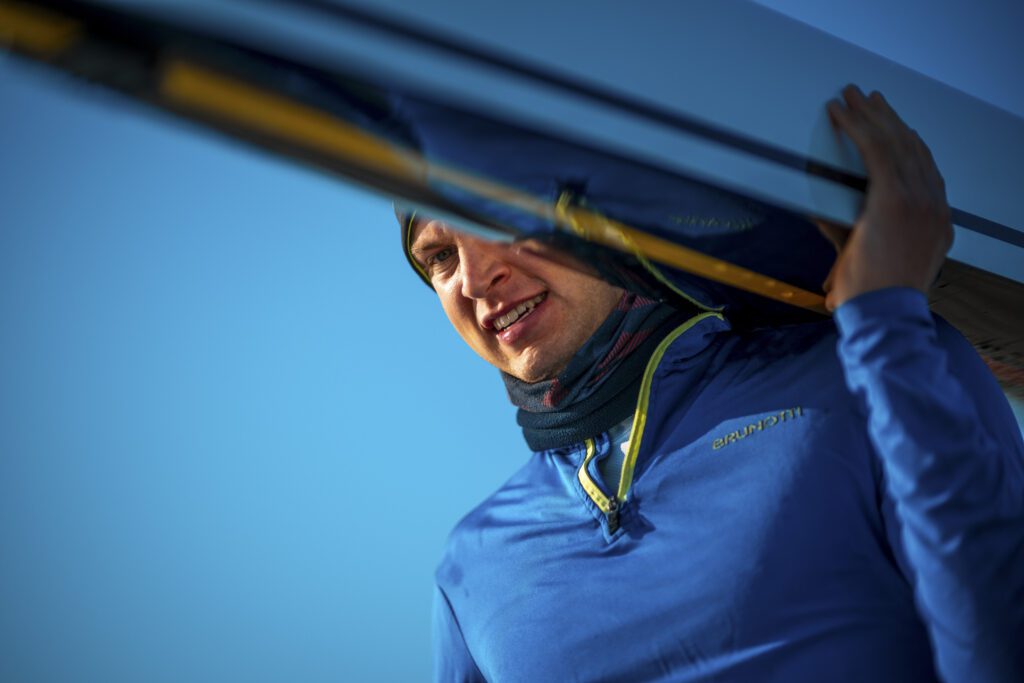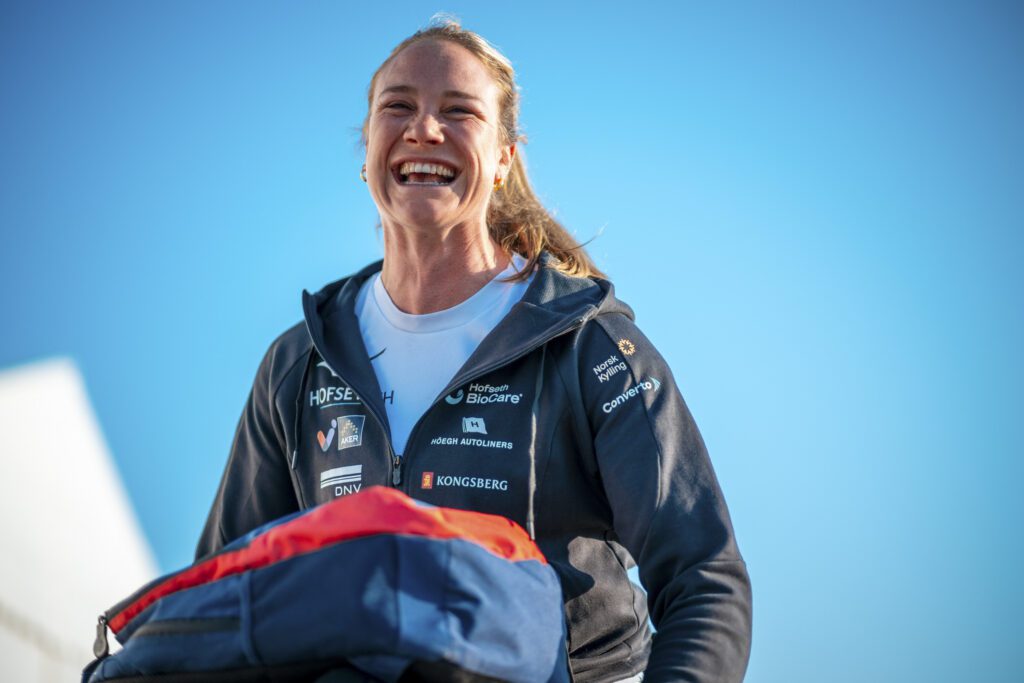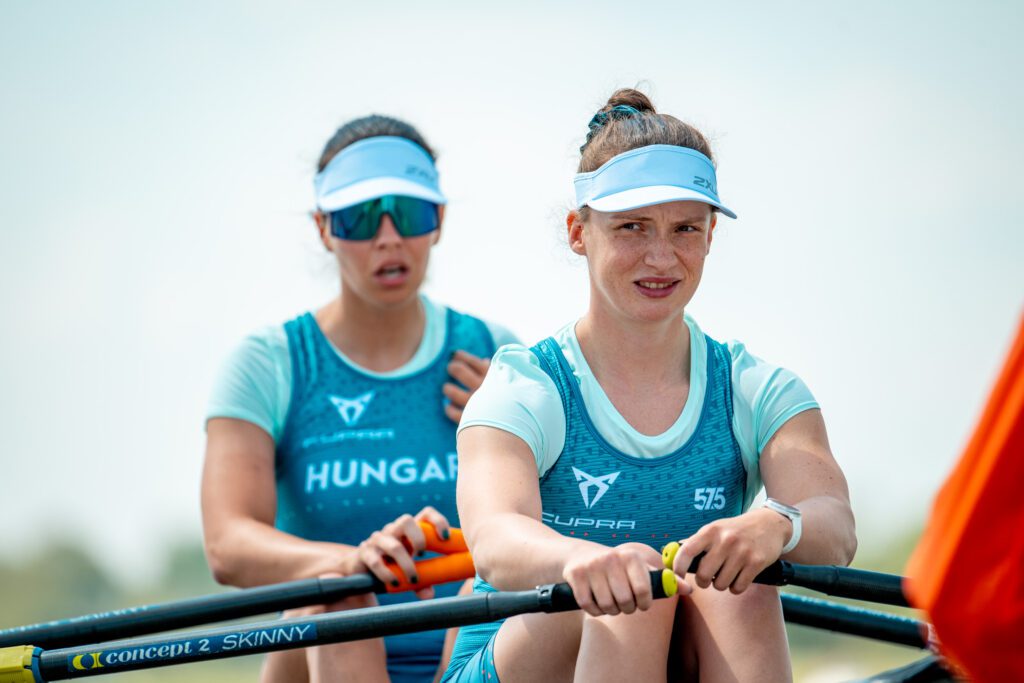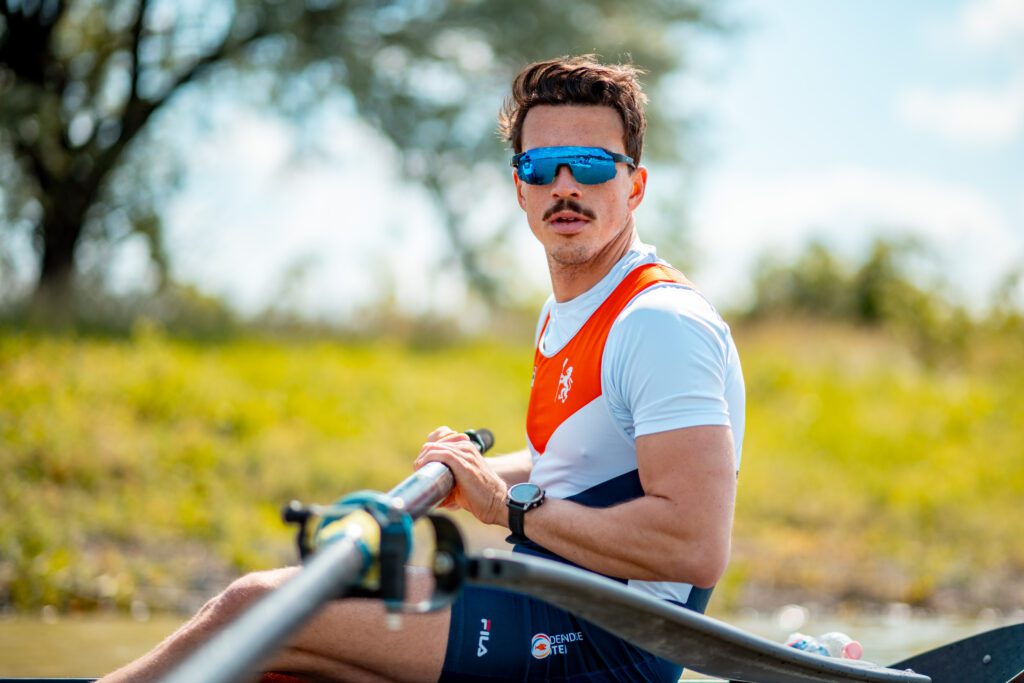It’s been a quiet world championships so far. Following a calm racing season, when the emotional rollercoaster was limited to competitive highs and lows on the water, the luck has held with teams able to get underway in Plovdiv without external issues distracting them. After the mania of Rio ’16 (bad wind, worse water, pollution threats, McLaren drugs allegations and general Olympic hysteria), Rotterdam ’16 (yet more wind and a triple-level champs), and Sarasota ’17 (bloody Hurricane Irma, though it was a huge success) this has been a rare worlds with no big situations dominating the team managers’ meetings.
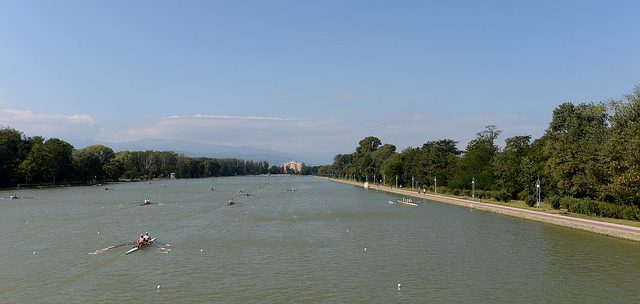
Photo The course in Plovdiv
Credit world rowing
To set the scene, the Regatta Venue Plovdiv is a 2300m long 3m deep concrete basin dug between the Maritza River and the Plovdiv Sports Stadium, and it has been used for international events since the 1999 World Juniors. Unusually it has no real banks, the water coming right up to the height of the paths around it, and it is sheltered by a thick line of tall trees right beside the water almost all the way along, which means that cross-winds have little chance to build up speed over the lanes thus improving fairness. The prevailing wind, which can be pretty strong, is in the tail or cross-tail direction during the daytime, and in mid-September the temperature is pleasant summer, quite hot on the water in mid-afternoon but not impossibly burning or humid.
At approx 850m to go there is a bridge slung right across the course, a rare feature currently delighting the photographers who don’t often get the chance for a mid-race overhead shot. The large boathouse set well back at the finish end houses most of the athlete-related facilities, with a spacious racking and boating area filling the gap between the lake and the boathouse. On the bow/starboard side of the crews is the finish grandstand, another large permanent construction which contains the media, jury and FISA offices and for once looks north, giving welcome midday shade to those of us watching racing.
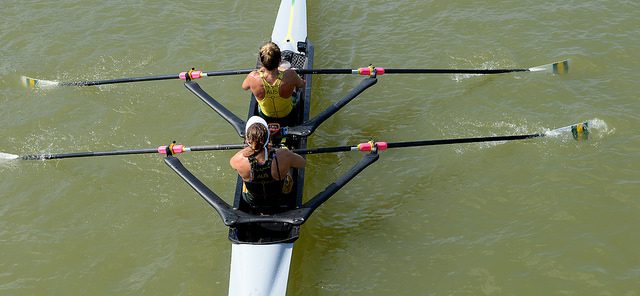
Photo View from the bridge at the 850m marker
Credit World Rowing
This land set-up is pretty well perfect in organisational terms – I think everyone has the least distance to walk between areas on average that I have ever seen at a worlds, but there are a couple of draw-backs on the water. Wash from launches and passing crews does persist a bit on the man-made lake, which makes warming-up a bit tricky, and there’s a steady build-up of wave height towards the finish during tail-winds which can add to the chop. The now-standard FISA routine of zonal umpiring helps a lot, but it gave the athletes something to get used to at the start of the week and the combination of tricksy water and a veering wind meant that so far we have only had two new world best times despite this being known as one of the quickest courses in the world.
“The time for PR and bluster is over and the contest is between you and your main rivals”
Rachel Quarrell
The heats at the world championships are a real suck-it-and-see moment, the chance to find out if those last training camps and tapering have done their job. The time for PR and bluster is over and the contest is between you and your main rivals: no amount of “I want it more” or fairytale back-stories will actually make you go faster. The pre-worlds period had seen Olympic M1x champion Mahe Drysdale go into the New Zealand quad after losing his singles selection battle, Germany’s Tim Ole Naske fail to book any seat after a similar issue, and W1x Vicky Thornley (GBR W1x) pull out due to injuries. Two LM1x were left having to borrow boats after Empacher forgot to bring USA LM1x Andy Campbell Jnr’s shell from the factory and Sam Mottram’s broke.
Events in which the top crews may well have been hiding their lights under bushels included the openweight pairs, where New Zealand’s defending W2- champions Prendergast and Gowler seemed to finish at a stroll at the head of an easy qualification, and all the M2- contenders also took their feet off the gas, perhaps due to having quarter-finals hanging over them. And the openweight singles, where Kjetil Borch’s M1x winning time was much quicker than NZL Robbie Manson (while GER Oliver Zeidler seemed to let Belarussian Dzianis Mihal beat him), and IRL Sanita Puspure notched up the fastest opening time despite joining all the other big names in relaxing through the final 300m. My favourite name of the week by the way is that of the Vanuatan M1x, Rillio ‘Rio’ Rii, recipient of an IOC scholarship to fund him to Tokyo.
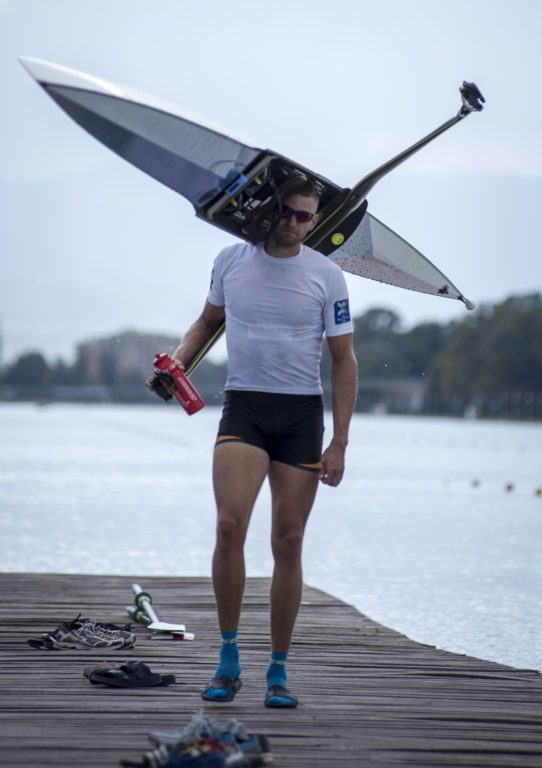
Photo Ondrej Synek spotted while training on the course on Tuesday
Credit Benedict Tufnell
Can the Romanian youngsters do it again in the M4-? Once more coming to the champs a few days after an under-23 event as they did in Glasgow, Romania’s precocious coxless four started fast but then took it a little easier and did not fight as Italy went through, which may have been a good choice. To win a medal at the end of the week they’re going to need to find a sixth gear against reigning champions Australia, who put in a solidly smooth professional performance while winning their heat, and clearly had plenty in hand. Meanwhile the W4- standard has been soaring up, with DEN leading the way through virtually even splits, having no trouble getting rid of European champions Russia, and reigning champions AUS visibly dawdling along too.
“The LW2x looks set to be a contender for best blanket finish”
Rachel Quarrell
The LW2x looks set to be a contender for best blanket finish: while the winning heat times varied by nine seconds, the top eight who qualified straight through (and the Canadians and Swiss who just missed out) do have the ability to push each other very hard. Eyes were on NED European champions Ilse Paulis and Marieke Keijser, who disposed neatly of Romania’s reigning titleholders Ionela-Livia Cozmiuc and Gianina-Elena Beleaga without fuss. Battle will recommence in the LM2x after the Italians, Norwegians and irrepressible Irish each won their heats, but another crew to watch is Canada’s Patrick Keane and Maxwell Lattimer, while eight more doubles were within three seconds of their heat winner. Game on.
The lightweight singles are shaping up to be very fine contests thanks to a tight spread of boat speeds and the added pressure of these competitors hoping to bid for Olympic spots in two years’ time. Both the heats and reps were raced hard in the LM1x, but the stand-out run came from Germany’s Jason Osborne, absent from Lucerne and Glasgow, who zoomed along and lowered the world best time by 2 seconds while winning his opening race by nearly half a minute. The closest equivalent in the LW1x was unstoppable British under-23 champion Imogen Grant getting within 5 seconds of the world best in her heat, but both these events are particularly open this year.
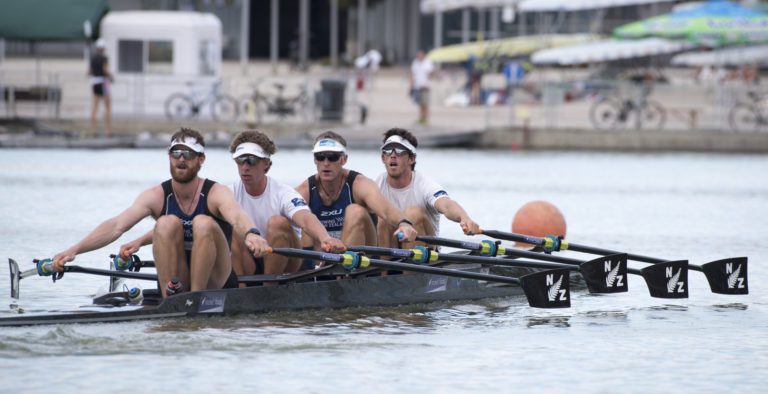
Photo Mahe Drysdale training on the course in the NZL M4x on Tuesday
Credit Benedict Tufnell
Other crews which had a go at a world best included New Zealand’s Storey and Harris, who belted it along but fell three seconds short of the M2x mark, although the fact that they already had a strong lead and were going to be the only crew to avoid the repechage may have had something to do with their rivals’s slowness. In the other M2x heats the French just missed out to the Dutch, the Brits had a comfortable cushion over Norway, and the Germans narrowly held off the Swiss. That’s another event which is anyone’s to take at the moment, as is the women’s quads where China has a very strong crew reminiscent of 2008 as they powered towards the line.
The men’s quads is simply confusing: a brutal one-through qualification from each of the two opening heats left the Dutch and title defenders Lithuania slightly floundering while Ukraine and Poland avoided the repechage. The women’s doubles could become a very interesting contest, although at the moment 2017 champions Brooke Donoghue and Olivia Loe (NZL) do seem to have the upper hand.
Para-rowing began on days two and three, AUS Erik Horrie breaking Roman Polianskyi’s recent PR1 M1x world best time, and the British mixed coxed four continuing their run of wins with a new bow-oarswoman. NED Corne De Koning also set a new world best in the PR2 men’s singles while several more categories including the PR1 women’s singles will join the non-para eights in racing their first heats on Wednesday. Unless a miracle happens the LW4x medallists will come from China, Italy and Denmark, while the LM4x gold will probably go to either Germany or Italy.
